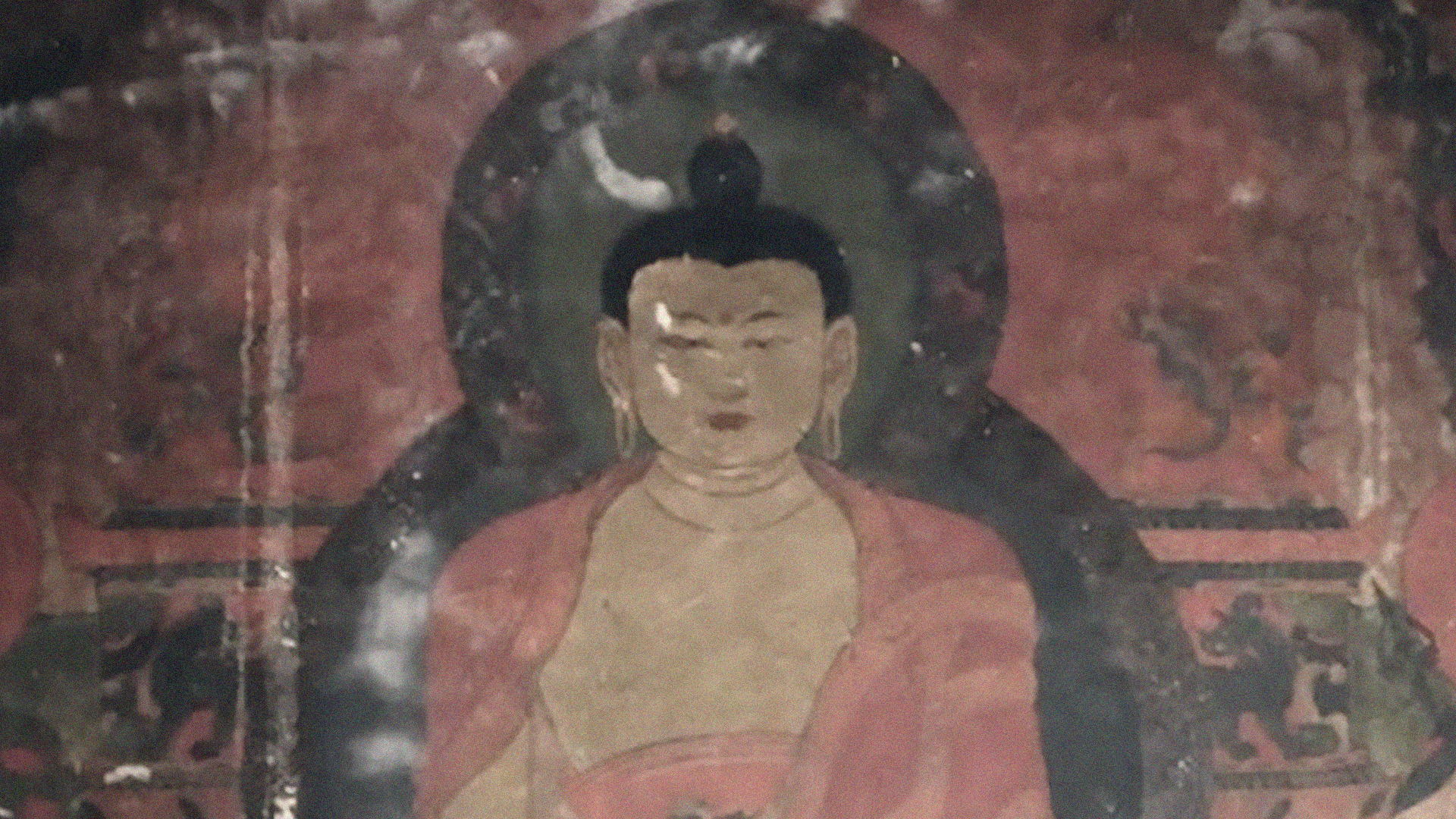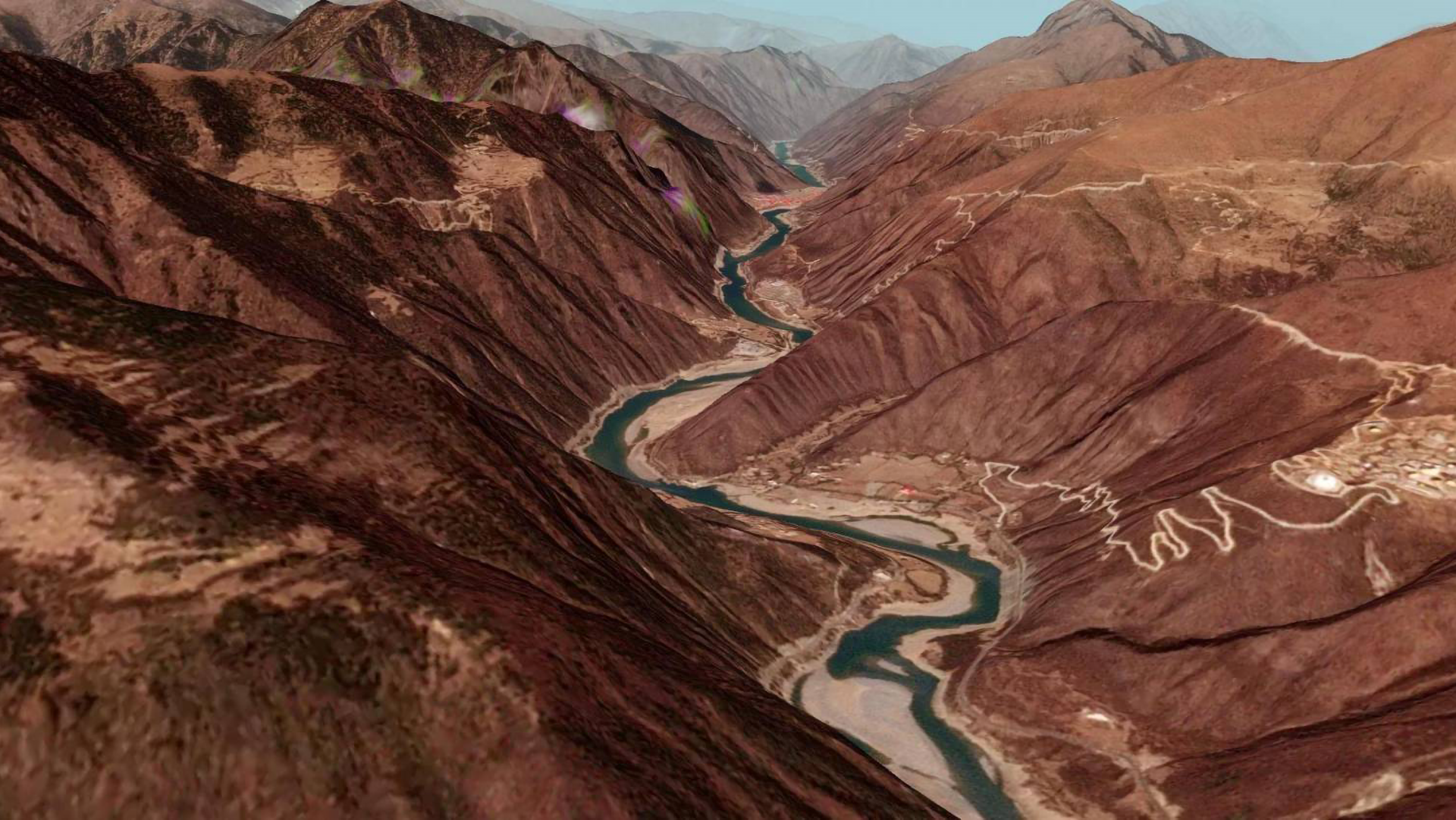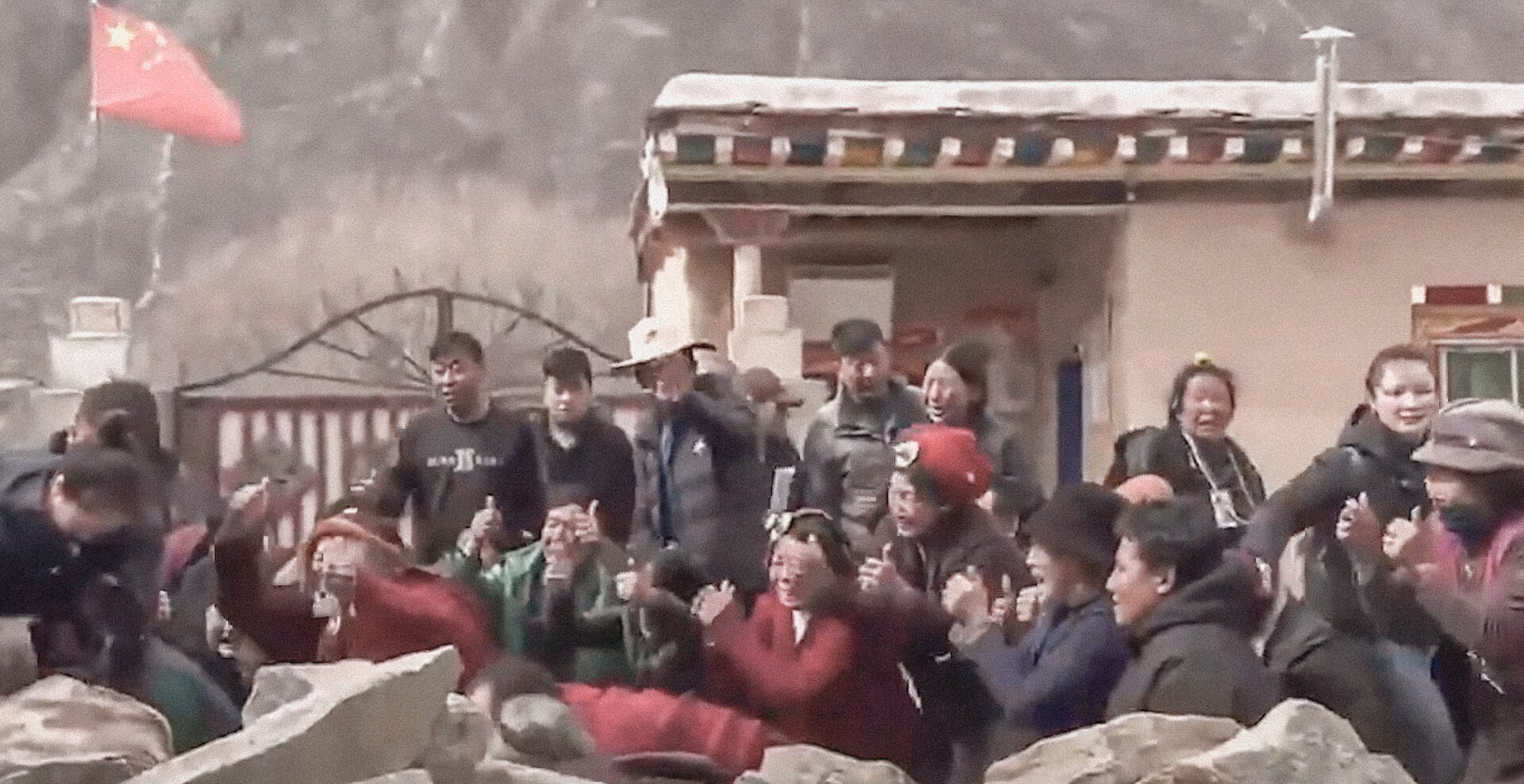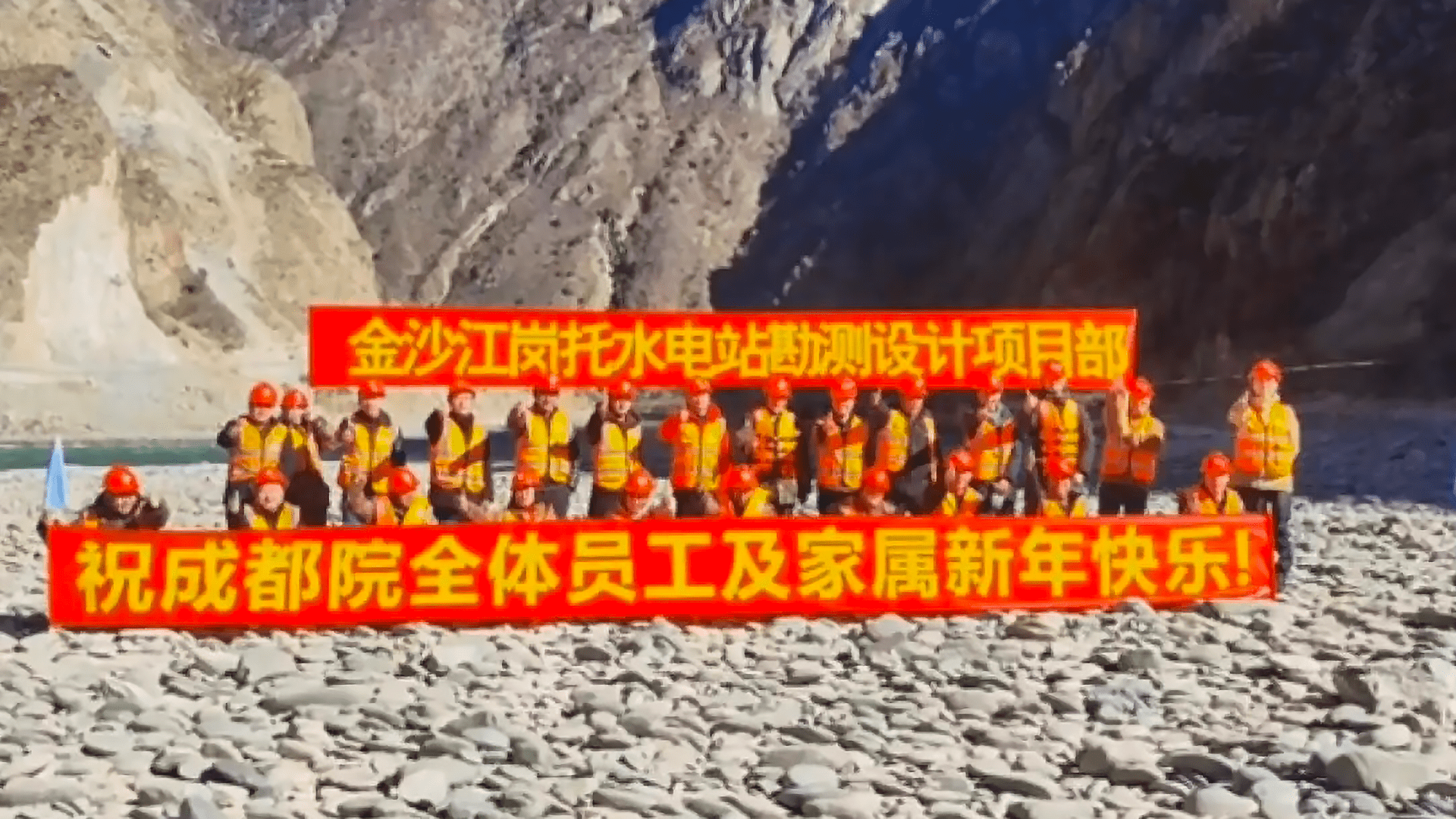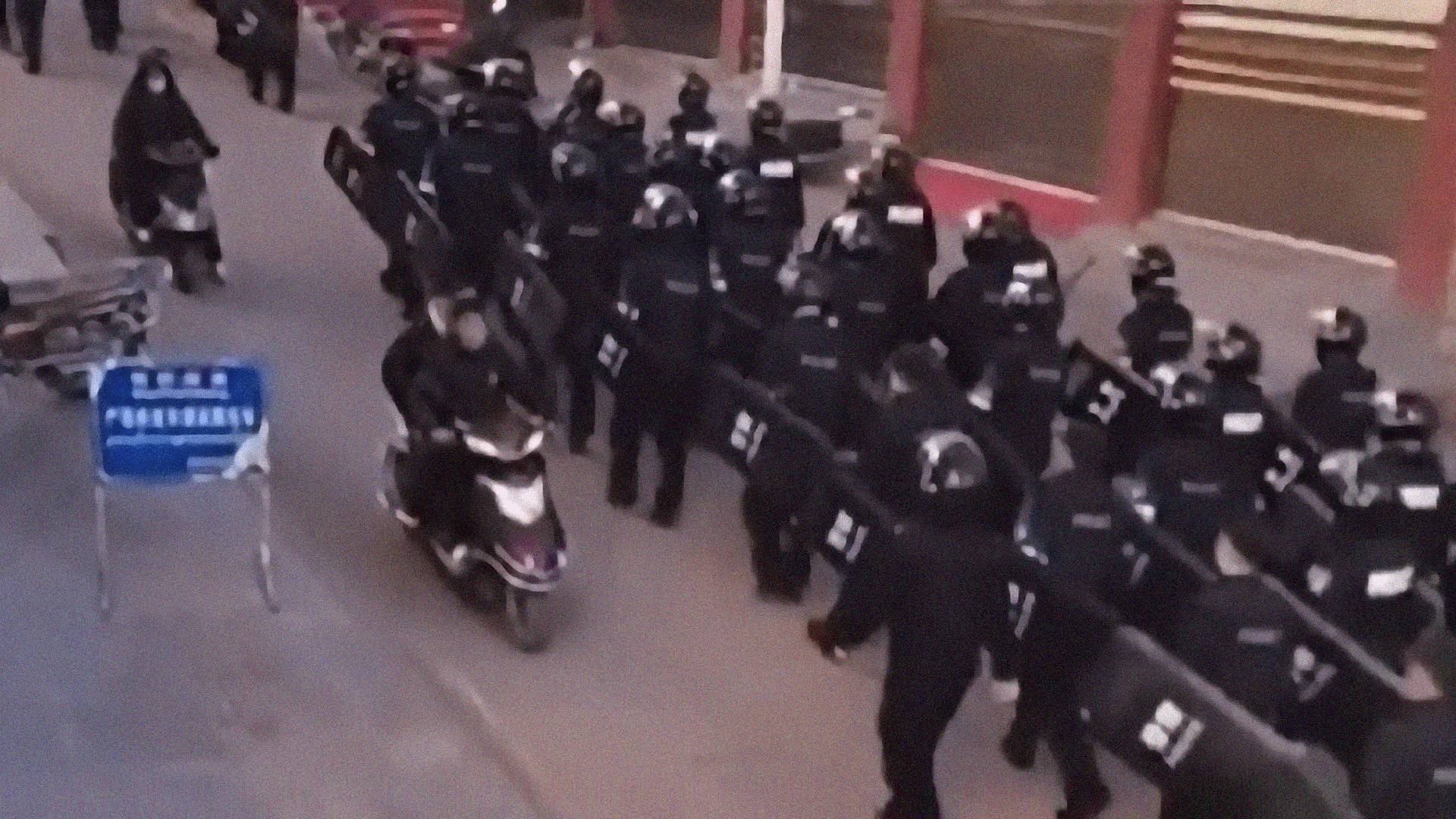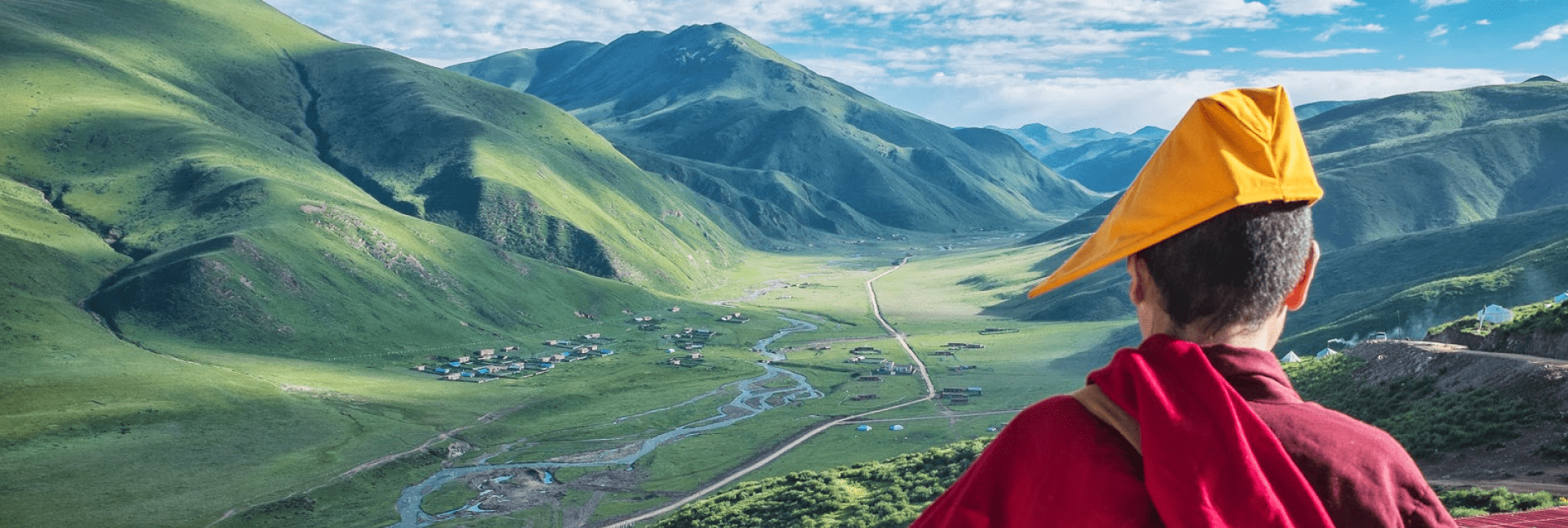The construction of the Kamtok dam risks a cascade of adverse consequences both on the plateau and in China, serving as a reminder that China’s policies in Tibet – where water is regarded as a ‘strategic asset’ by the Communist Party state – affect global climate systems already challenged by food and water insecurity involving glacial melting and erratic monsoon cycles. A leading Tibetan professor based in Beijing has revealed data showing that the rivers of Tibet are becoming more and more unpredictable.
As a storehouse of freshwater and the source of the earth’s eight largest river systems, the Tibetan plateau – a global climate change epicentre – is a critical resource for the world’s 10 most densely populated nations surrounding it. But China has accelerated implementation of detailed plans to intensify the buildup of dams on all of Tibet’s wild mountain rivers, involving powerful state-owned Chinese consortiums, steadily moving dam building upriver into steeper terrain, previously among the least disturbed habitats on earth.
During Xi Jinping’s visit to Sichuan last July, he urged provincial officials “to write a new chapter in advancing Chinese modernization”, underlined China’s priorities in using the Tibetan plateau as major extraction zones for water, electricity and lithium.
The completion of the world’s highest altitude high-voltage power grid in 2018, linked to the construction of a fully electrified high speed rail line from Chengdu in China’s Sichuan Province to Lhasa, demonstrates the CCP’s demand for hydropower-based energy resources and plans to intensify infrastructure construction in Tibet.
Now, these long-term plans focus on connecting hydro in the upper reaches of Asia’s wild rivers with extraction of solar energy, windpower, hydropower, lithium, copper, gold, silver and molybdenum. China already leads globally in PV (photovoltaic) solar, wind turbines, hydro dam construction and the power grids that connect them to distant industrial users. It also fulfils a nation-building agenda, establishing Chinese uses for Tibetan landscapes and rivers, just as China seeks to break and reshape Tibetan inner landscapes, eradicating a separate sense of identity and history and compelling compliance with Chinese cultural nationalism.
Although the hydrodams in the steep valleys of the eastern Tibetan mountains are described as clean and green energy, their construction involves carbon emissions generated from processing and transport of fossil fuel-intensive raw materials. Building the high walls of hydrodams requires importing vast amounts of cement made by fossil fuel burning, blasting rock from nearby steep valley walls, trucking and compacting those rock as the fill comprising most of the weight of a wall intended to hold back the world’s great rivers.
Tibetan protests against the Kamtok dam follow the announcement last year of a major hydro dam near Markham in Kham Sichuan on the Za Chu/Mekong/Lancang Jiang in Tibet built by China’s Huaneng, one of the big five state-owned power corporations providing electrification for China. This shift upriver into Tibet now directly impacts farmers and fisherfolk down river in Cambodia, Vietnam, Thailand, Laos and Myanmar. Chinese official plans detail how Huaneng has hired internationally renowned consulting firms including the German multinationals E.ON and RWE, Italian ENEL and Spain’s Iberdrola.

